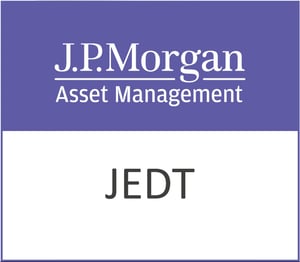Southwest Airlines Company (LUV) has long been a stalwart in the U.S. airline industry, enjoying a reputation for reliable service and customer satisfaction. Headquartered in Dallas, Texas, Southwest operates a substantial fleet of 803 Boeing 737 aircraft, serving 117 destinations across the United States and near-international markets. For individual investors eyeing the Industrials sector, particularly the Airlines industry, Southwest presents a unique opportunity backed by its robust infrastructure and service offerings.
###Current Market Landscape
Southwest Airlines currently has a market capitalization of $20.55 billion, positioning it as a significant player in the airline sector. The stock trades at $34.39 per share, reflecting a slight dip of 0.28, or 0.01%, in recent trading. The 52-week price range of $23.70 to $34.84 indicates the stock’s volatility amidst fluctuating market conditions.
###Valuation Metrics: A Mixed Bag
One of the standout metrics for Southwest is its Forward P/E ratio of 12.40, which suggests potential value when compared to its peers in the industry. However, it’s crucial to note that other valuation metrics such as the PEG Ratio and Price/Book are currently unavailable, leaving investors with limited comparative data. This lack of complete valuation metrics can pose a challenge for those attempting a comprehensive analysis of the stock’s fair value.
###Performance Metrics: Evaluating Growth and Profitability
Southwest reported a modest revenue growth of 1.60%, a figure that, while positive, may not excite growth-focused investors. The company’s earnings per share (EPS) stands at 0.75, with a Return on Equity (ROE) of 4.46%. Though this ROE is not particularly high, it does indicate a degree of efficiency in generating profits relative to shareholder equity.
However, a significant concern lies in the company’s free cash flow, which is reported at a negative $2.1 billion. This shortfall may impact the company’s ability to fund operations and growth initiatives without external financing, a red flag for investors prioritizing cash flow stability.
###Dividend Appeal
Southwest’s dividend yield of 2.08% may attract income-focused investors. However, the payout ratio stands at a high 94.74%, suggesting that the majority of the company’s earnings are being returned to shareholders as dividends. This could limit the company’s ability to reinvest in growth opportunities or buffer against economic headwinds.
###Analyst Ratings and Price Targets
Analyst sentiment towards Southwest is mixed, with 5 Buy ratings, 12 Hold ratings, and 6 Sell ratings. The consensus target price averages at $32.84, slightly below the current trading price, indicating a potential downside of 4.50%. This cautious outlook reflects the broader challenges facing the airline industry, including fuel price volatility and competitive pressures.
###Technical Indicators: Market Sentiment and Momentum
From a technical perspective, Southwest’s stock shows a moderate RSI of 46.08, suggesting it is neither overbought nor oversold. The stock’s 50-day moving average of $31.33 and 200-day moving average of $30.20 suggest some upward momentum, but investors should watch the MACD of 1.05 against the signal line of 0.58, which indicates a bullish trend but warrants close monitoring.
###Navigating the Skies
For investors considering Southwest Airlines, the decision hinges on weighing its reliable dividend against the backdrop of cash flow challenges and a mixed analyst outlook. While the company benefits from a strong market position and brand loyalty, the high payout ratio and negative free cash flow raise questions about its financial flexibility.
As the airline industry navigates its post-pandemic recovery, Southwest’s ability to manage costs and leverage its extensive network will be pivotal. Investors must assess whether the current valuation and dividend yield align with their risk tolerance and investment strategy.
The information in this article should not be taken as advice. Readers should conduct their own due diligence and seek independent financial advice before making any investment decisions.






































